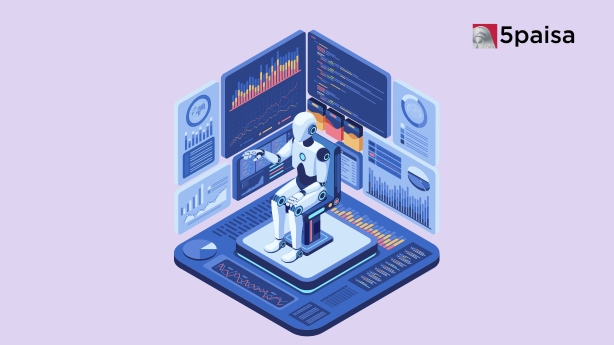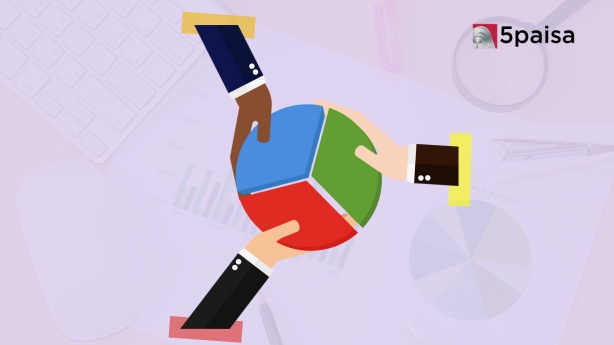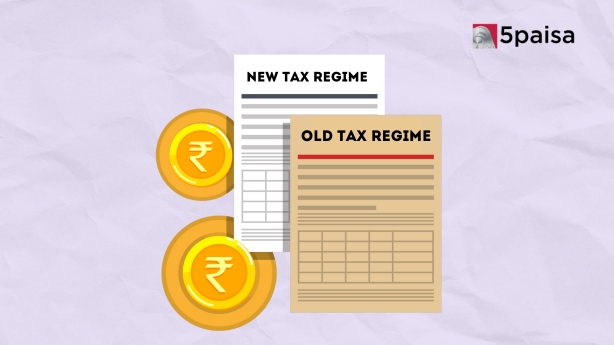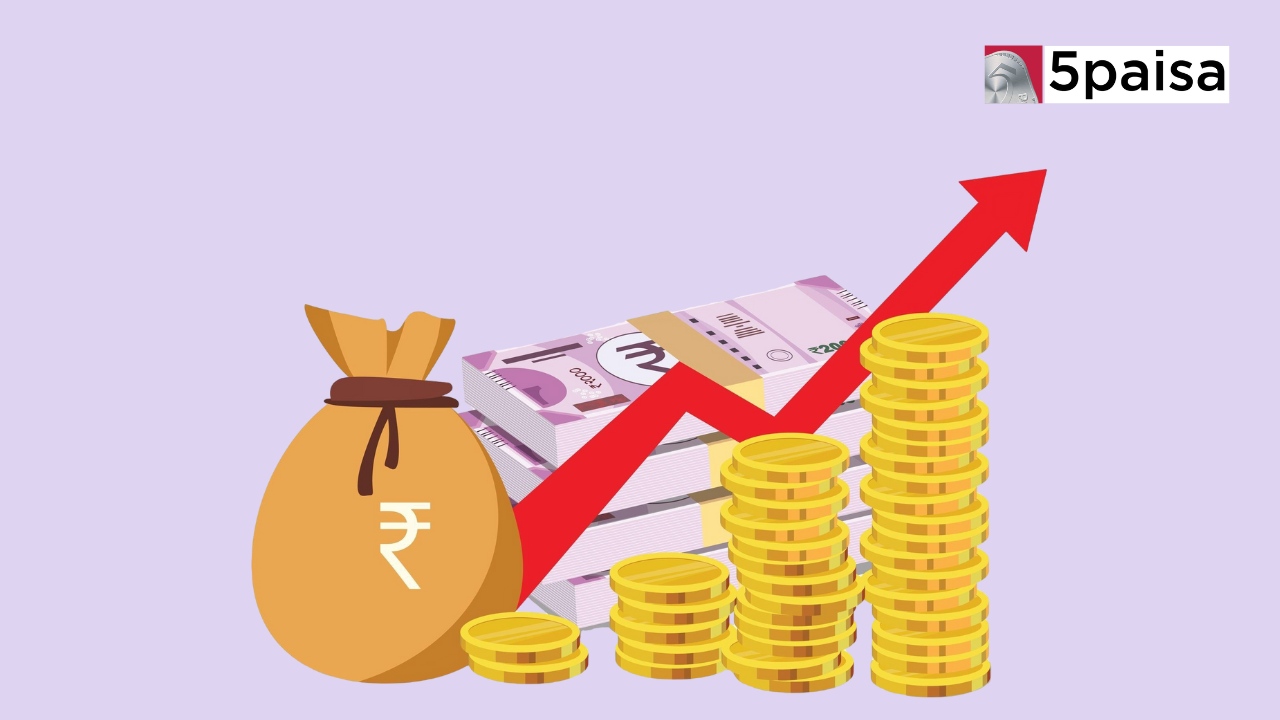3 Technologies Disrupting Finance in 2025: AI, Blockchain & Big Data Revolution
How to Save Tax on a 10 Lakh Income
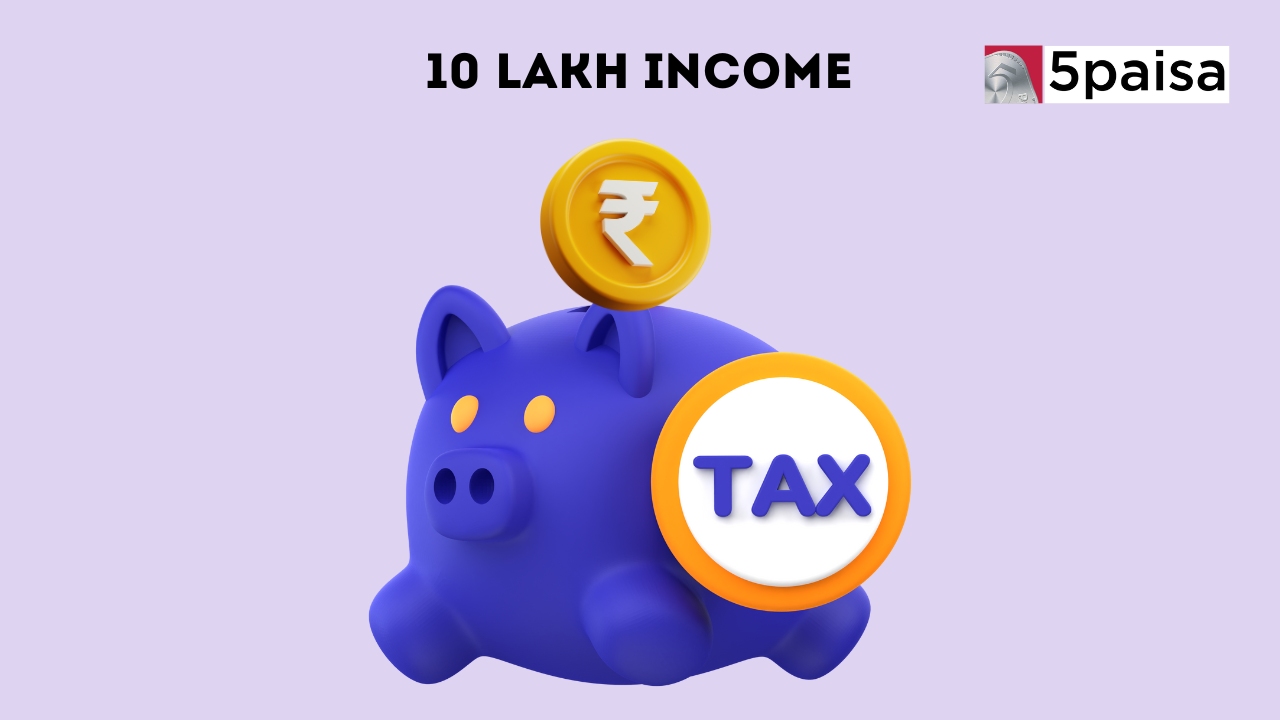
When you hear the words “10 lakh salary", it sounds exciting until you realise how much goes to taxes. If you're left feeling disappointed when the final amount reaches your account, it may be due to missed opportunities for tax savings.
When earning an income of 10 lakhs or more, it is crucial to plan tax strategically. This article will help you understand ways you can save tax on a 10 lakh salary. From understanding your salary structure to choosing the right option, we will cover everything. Let’s dive in.
Save Tax on 10 Lakh Income in 5 Easy Steps
To explore how to save tax on a 10 lakh salary, it’s important to first understand your actual take-home pay. Many of us see terms like Section 80C on our salary slips, but today we’ll dive into what they mean and how to use them effectively to reduce your tax liability. Let’s break it down step-by-step:
1. Understanding your salary structure
Your salary is composed of various components, some of which may qualify for tax exemptions or deductions. Knowing which parts of your salary are taxable and which aren’t can help reduce your tax liability.
Here’s a quick breakdown:
- Taxable Salary Income = Total Salary - Exemptions
- Net Taxable Income = Taxable Salary Income - Deductions
Reducing your taxable income requires strategic use of exemptions and deductions, which are the building blocks of tax savings. Let’s explore how you can do this under the current tax regimes.
2. Tax Slabs Under the Old and New Tax Regimes of India
With recent income tax guidelines, taxpayers now have the option to choose between the old and new tax regimes when filing returns. To make an informed choice, let’s first look at the tax slab rates under each regime:
| Tax Slab for FY 2023-24 | Tax Slab | Tax Slab for FY 2024-25 | Tax Slab |
| Up to ₹ 2.5 lakh | Nil | Up to ₹ 3 lakh | Nil |
| ₹ 2.5 lakh - ₹ 3 lakh | 5% | ₹ 3 lakh - ₹ 7 lakh | 5% |
| ₹ 3 lakh - ₹ 5 lakh | 5% | ₹ 7 lakh - ₹ 10 lakh | 10% |
| ₹ 5 lakh - ₹ 10 lakh | 20% | ₹ 10 lakh - ₹ 12 lakh | 15% |
| More than ₹ 10 lakh | 30% | ₹ 12 lakh - ₹ 15 lakh | 20% |
| More than ₹ 15 lakh | 30% |
Deductions & Exemptions Under the New Tax Regime
Since deductions and exemptions play a crucial role in tax savings, let’s explore what is available under each regime.
Compared to the Old Tax Regime, the New Tax Regime offers limited options for claiming deductions and exemptions. However, here are some of the key deductions you can still benefit from under the New Tax Regime:
- Standard Deduction: ₹50,000 for salaried individuals.
- Section 80CCD(2): Employer contributions to the National Pension Scheme (NPS).
- Section 80CCH: Investments in the Agniveer Corpus.
- Section 57(iia): Deduction on family pension received.
- Exemptions under Section 10:
- Voluntary retirement benefits under Section 10(10C)
- Gratuity under Section 10(10)
- Leave encashment under Section 10(10AA)
- Transport allowance for individuals with disabilities. (Section 10(14)(ii))
- Conveyance allowance provided to cover travel expenses related to employment. (Section 10(14)(ii))
- Compensation received for travel expenses incurred due to work-related tours or transfers.
- Section 24: Interest on home loans for properties rented out.
Deductions & Exemptions Under the Old Tax Regime
Here are some of the key exemptions you can claim under the Old Regime:
House Rent Allowance (HRA): Exempt up to a certain limit, depending on factors such as rent paid and salary.
Leave Travel Allowance (LTA): Exempt for actual travel ticket expenses for two trips within a 4-year period under Section 10(5).
Mobile/Internet Reimbursement: Exempt if used primarily for office-related purposes, with supporting bills/proofs submitted.
Children’s Education and Hostel Allowance: ₹4,800 per child, with a maximum of two children.
Food Allowance: ₹50 per meal (up to two meals per day), amounting to ₹26,400 annually (₹50 x 2 x 22 days x 12 months).
Professional Tax: Typically ₹2,400, though it may vary by state.
If you're looking to save tax on a salary above ₹10 lakhs, it's important to know that several salary components are eligible for deductions when planning your taxes. Below are the tax deductions available under the Old Tax Regime:
Standard Deduction : ₹50,000: Available to all taxpayers without any restrictions.
Maturity Amount of Life Insurance Policy
Maturity proceeds from life insurance policies are exempt from tax if the sum assured meets these conditions:
- 20% of the sum assured: For policies issued before 1st April 2012.
- 10% of the sum assured: For policies issued after 1st April 2012.
- 15% of the sum assured: For policies issued after 1st April 2013 for persons with disabilities or specific diseases.
- ULIPs: Exemption applies if the annual premium does not exceed ₹2,50,000 (effective 1st April 2021).
- Life Insurance (other than ULIP): Exemption applies if the annual premium does not exceed ₹5,00,000 (effective 1st April 2023).
Deductions on Home Loan Payments
- Principal Repayment: Up to ₹1.5 lakhs under Section 80C.
- Interest Payment: Up to ₹2 lakhs under Section 24(b).
Medical Expenses for Disabled Dependents (Section 80DD)
- 40% Disability: Deduction of ₹75,000.
- 80% or Severe Disability: Deduction of ₹1,25,000.
Investment in Tax-Saving Instruments (Section 80C)
You can claim up to ₹1,50,000 annually through investments in:
- Employees’ Provident Fund (EPF)
- Public Provident Fund (PPF)
- Equity Linked Savings Scheme (ELSS)
- Home loan principal repayment and stamp duty
- Sukanya Samriddhi Yojana (SSY)
- National Savings Certificate (NSC)
- 5-Year Fixed Deposits, and other approved options.
Donations to Charity (Section 80G)
- Tax relief of 50% or 100% of the eligible donation amount when made to specified institutions.
Education Loan Interest (Section 80E)
- Deduction of interest for up to 8 years starting from the year repayment begins. Eligible for loans taken for higher education of self, spouse, dependent children, or a ward for whom you are the legal guardian.
Health Insurance Premiums (Section 80D)
- Self, Spouse, and Dependent Children: ₹25,000 annually, or ₹50,000 if aged 60 or above.
- Parents: ₹25,000 annually, or ₹50,000 if aged 60 or above.
Choose the Right Tax Regime for 10 Lakh Income
When deciding between the New and Old Tax Regimes, it’s important to consider your personal financial situation, including your expenses and investments. Each regime has different income tax slab rates, and the right choice depends on your ability to claim deductions. Choosing the tax regime that best aligns with your financial profile can help ensure you pay only what’s necessary in taxes.
Old Tax Regime for 10 lakh income: Better suited if you have significant deductions like home loan interest, insurance premiums, and retirement contributions.
New Tax Regime for 10 lakh income: Beneficial if you have fewer deductions and prefer simpler slab rates without extensive documentation.
How to Pay Zero Tax on 10 Lakh Income?
Let’s look at an example to see how the right combination of exemptions and deductions could minimise your taxable income. By maximising Section 80C, Section 80D, and other applicable deductions, it’s possible to significantly lower your taxable income.
Rajni earns a salary of ₹10 lakhs. She qualifies for various exemptions and deductions, including a ₹1.5 lakh House Rent Allowance (HRA) exemption, ₹40,000 in Leave Travel Allowance (LTA), ₹9,600 for children's education allowance, and ₹2,400 for professional tax. Moreover, Rajni has made ₹1.5 lakh in PPF contributions, which qualify for a deduction under Section 80C, paid ₹50,000 in medical insurance premiums, and ₹55,000 in interest on an education loan. Below is a breakdown of her tax calculation under both tax regimes based on these figures.
| Particular | Old Tax Regime | New Tax Regime |
| Gross Salary | 10,00,000 | 10,00,000 |
| Less: | ||
| HRA Exemption | 1,50,000 | NA |
| LTA | 40,000 | NA |
| Children’s education and hostel allowance | 9,600 | NA |
| Standard Deduction | 50,000 | 50,000 |
| Professional Tax | 2,400 | NA |
| Taxable Salary Income | 7,48,000 |
9,50,000 |
| Less: Deductions | ||
| 80C** | 1,50,000 | NA |
| 80D | 50,000 | NA |
| 80E | 55,000 | NA |
| Net Taxable Income | 4,93,000 | 9,50,000 |
| Tax Payable | 12,150 | 54,600 |
| Rebate under Section 87A (Rebate amount in Old Regime ₹12,500) | (12,150) | |
| Total Tax | 0 | 54,600 |
*Note: You may not always have a home loan or be interested in all investment options under Section 80C. However, you can consider the following investments to fully utilise the ₹1.5 lakh limit under 80C:
- Employee Provident Fund (EPF): Approximately ₹30,000 – ₹72,000 (12% of your basic salary + DA, contributed by your employer)
- Term Insurance Plan: ₹12,000 annual premium (for coverage of around ₹1 crore)
- ULIP or Endowment Plan: ₹12,000 premium
- ELSS Mutual Funds: ₹60,000 (Invest through a ₹500/month SIP; average returns of 12% CAGR with a 3-year lock-in period)
- Children’s Education Fees: ₹25,000 to ₹1 lakh
If you are eligible, you can also claim the following deductions under the Old Tax Regime:
- Home Loan Interest Deduction (Section 24b): ₹2,00,000
- Additional Home Loan Deduction (Section 80EEA): ₹1,50,000
- National Pension Scheme (NPS) Investment (Section 80CCD(1B)): ₹50,000
In the example above, you’ll notice that by utilising deductions and exemptions under the Old Tax Regime, there is no tax liability for Rajni. However, under the New Tax Regime, a tax liability of ₹54,600 remains.
While this is just one scenario, it highlights the importance of thoughtful tax planning. Carefully review your income, exemptions, and deductions to determine which tax regime offers the most benefits for your situation.
Conclusion
Saving tax on a 10 lakh income is achievable with proper planning. By selecting the appropriate tax regime and maximising available exemptions and deductions, you could potentially lower your tax burden significantly. However, always evaluate your own financial situation to choose the regime that best meets your needs.
- Flat ₹20 Brokerage
- Next-gen Trading
- Advanced Charting
- Actionable Ideas
Trending on 5paisa
03
 5paisa Research Team
5paisa Research Team
Personal Finance Related Articles
Disclaimer: Investment in securities market are subject to market risks, read all the related documents carefully before investing. For detailed disclaimer please Click here.

 Sachin Gupta
Sachin Gupta
